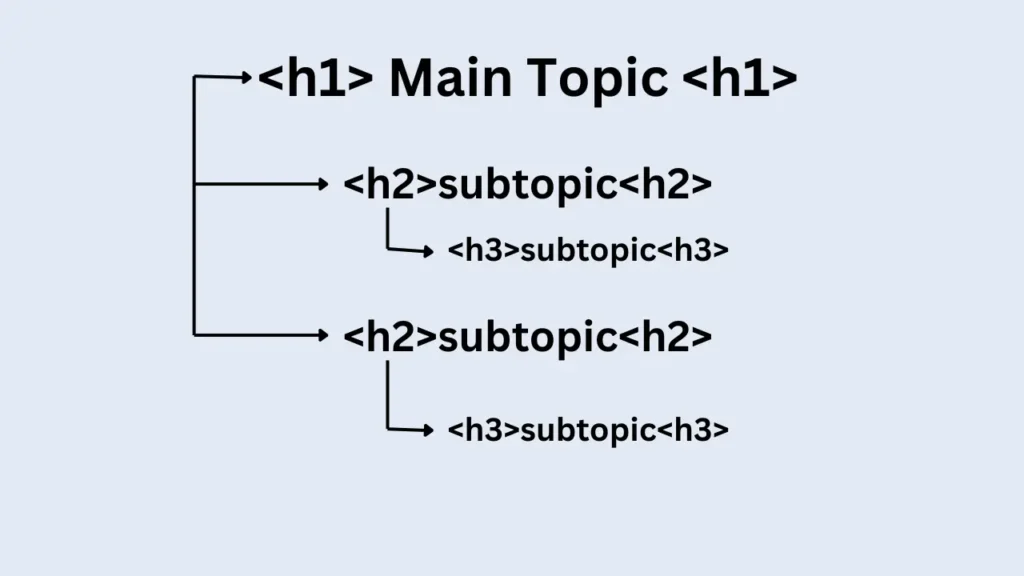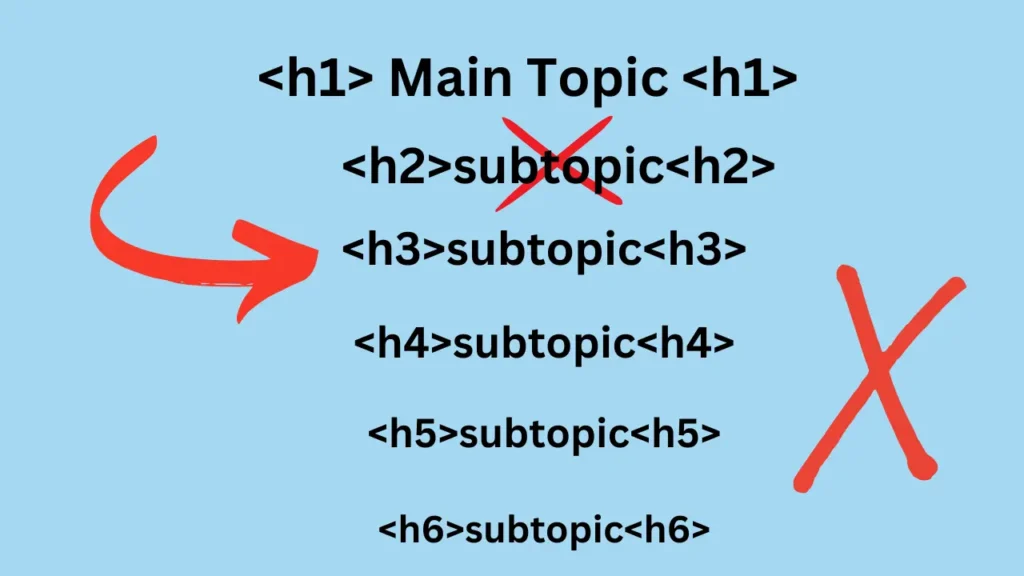In the fast-paced world of marketing, where grabbing the attention of consumers is becoming increasingly challenging, innovative advertising methods are a game-changer. One such creative avenue that has gained immense popularity is water bottle advertisement. Sponsored by GrowVol, a leader in innovative marketing solutions, this strategy combines functionality with brand visibility, ensuring your message reaches consumers in a refreshing and effective way.

What is Water Bottle Advertisement?
Water bottle advertising involves branding reusable or disposable water bottles with promotional content, logos, or messages. These bottles are then distributed at strategic locations or events, such as sports tournaments, marathons, corporate gatherings, trade shows, and public spaces. Unlike traditional advertising mediums, this method provides a tangible and practical item that consumers appreciate and use, making the brand message last longer.
Why Water Bottle Advertising Works
- High Visibility: Water bottles are carried everywhere – gyms, offices, parks, and more. This ensures your brand gains exposure to a diverse audience.
- Cost-Effective: Compared to traditional advertising like TV or billboards, water bottle advertising is affordable yet impactful.
- Eco-Friendly Appeal: By using reusable bottles, brands can align themselves with sustainability initiatives, earning goodwill among environmentally conscious consumers.
- Personal Connection: Consumers value practical items. By offering something they use daily, your brand builds a positive association with its audience.
GrowVol: Taking Advertising to the Next Level
GrowVol has revolutionized water bottle advertising by providing end-to-end solutions for brands looking to leverage this medium. From designing eye-catching labels to sourcing eco-friendly bottles, GrowVol ensures that your campaign stands out. Their partnerships with major event organizers and public venues enable brands to reach large, targeted audiences effectively.
Unique Features Offered by GrowVol:
- Customized Designs: Tailored branding to match your company’s identity and campaign goals.
- Sustainability Focus: Options for biodegradable or reusable bottles to promote environmental responsibility.
- Strategic Distribution: Placement in high-traffic areas for maximum reach and impact.
- Analytics & Insights: Tools to measure the effectiveness of your campaign, ensuring a high return on investment.
Real-Life Success Stories
GrowVol’s water bottle advertising campaigns have delivered impressive results for numerous brands. For example, a fitness brand partnered with GrowVol to distribute branded water bottles at a marathon. The campaign not only increased brand recognition among health-conscious consumers but also drove a 30% spike in their product inquiries.
Another success story involved a tech startup that used GrowVol’s water bottles during a conference. The initiative helped them stand out in a crowded marketplace and boosted their social media engagement, as attendees shared photos of the branded bottles online.
How Your Brand Can Benefit
Water bottle advertising is not just a trend; it’s a proven strategy that resonates with today’s audiences. By partnering with GrowVol, your brand can:
- Increase visibility in a competitive market.
- Build a positive image through sustainable practices.
- Create lasting impressions with practical giveaways.
Conclusion
In a world where consumers are bombarded with digital ads, water bottle advertising provides a refreshing alternative. Sponsored by GrowVol, this innovative approach ensures your brand doesn’t just make an impression but leaves a lasting one. It’s time to think outside the billboard and embrace the power of water bottle advertising to quench your marketing goals.
What is water bottle advertising?
A: Water bottle advertising is a creative marketing approach where businesses use water bottles as a medium to promote their brand, products, or services. Custom labels are added to the bottles, offering an engaging way to reach consumers.
How does it work?
A: We distribute free water bottles with your customized advertisement labels in high-traffic areas, events, or public places. This ensures maximum visibility for your brand while also providing a useful product to the public.
Who can benefit from water bottle advertising?
A: This strategy is ideal for businesses across various industries, including FMCG, hospitality, real estate, fitness, events, and more. It’s particularly effective for brands looking to increase awareness or promote a specific campaign.
What kind of designs can be printed on the labels?
A: You can include your logo, tagline, promotional message, QR codes, or even event-specific details. Our team ensures high-quality printing to make your design stand out.
Where are the bottles distributed?
A: Bottles are distributed at strategic locations such as events, corporate offices, gyms, tourist spots, schools, and other high-footfall areas. We can also target specific audiences based on your requirements.
Is the water safe for consumption?
A: Yes, all water bottles meet stringent safety and quality standards. The water is sourced from certified providers and is safe for consumption.
What is the minimum order quantity for customized bottles?
A: The minimum order quantity varies based on the campaign size. Contact us for more details regarding your specific needs.
Are there any eco-friendly options?
A: Yes, we offer bottles made of recyclable materials and encourage sustainable practices.
How can I start a campaign?
A: You can contact us with your design and campaign requirements. Our team will guide you through the process, from design approval to distribution planning.
What is the cost of water bottle advertising?
A: The cost depends on the quantity of bottles, design complexity, and distribution strategy. Contact us for a customized quote tailored to your needs.
























